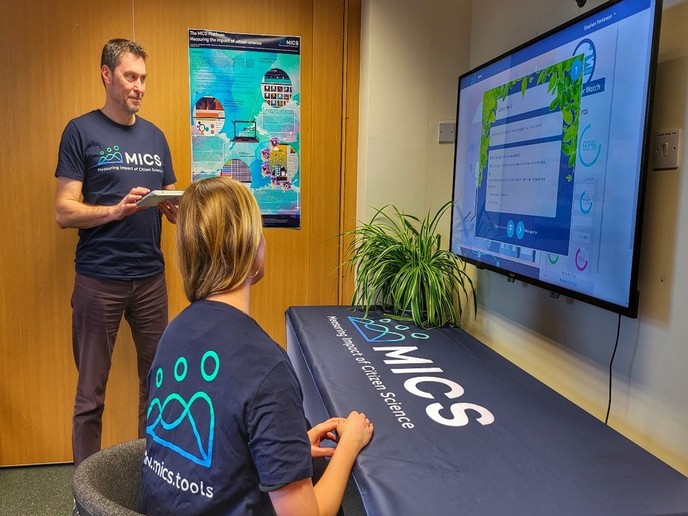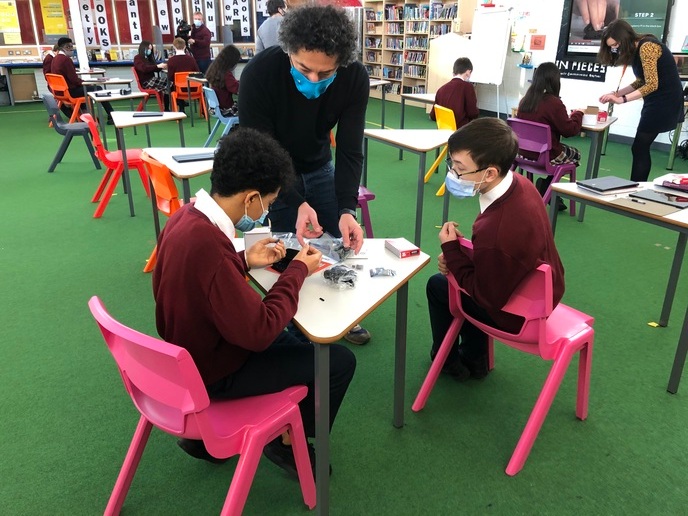Who are EU? Forging a cultural identity that reflects modern Europe
Europe prides itself on its cultural diversity. Yet, forms of nationalism growing in many Member States call the effectiveness of its approach into question. ‘Othering’ is far from gone, cultural minorities thirst for recognition, and our vision of culture, cultural literacy and heritage is still profoundly ethnonationalist. The EU-funded CHIEF (Cultural Heritage and Identities of Europe’s Future) project has been shedding new light on this reality. By working with young people experiencing exclusion across nine different countries (Croatia, Georgia, Germany, India, Latvia, Slovakia, Spain, Turkey and the United Kingdom), it hopes to enable a more encompassing definition of ‘cultural literacy’ – our understanding of the traditions, activities and history of our culture.
Post-ethnic culture
“There are different factors challenging cultural diversity and inclusion,” says Anton Popov, coordinator of the project and senior lecturer in Sociology at Aston University. “First, migrants are often treated as subjects of integration policies. Then, different cultures might be introduced through the medium of religion, or even a colonialist perspective of history.” He adds: “We also have very different meanings of diversity across countries, and a post-ethnic foundation of national culture. The latter has the adverse consequence of considering minorities and migrants as ‘in need of education’.” The project’s findings reveal the distance separating culturally dominant groups from migrants and minorities. The project team demonstrated that young people often reproduce the status quo in terms of socio-economic positions, and that young people tend to reproduce dichotomies and hierarchies that result in othering and exclusion. Even in organisations with culturally inclusive agendas, homogeneity of membership might result in lack of recognition of such groups’ real needs. To break this vicious circle, CHIEF has been focusing on young people as the ‘future in the making’, looking at them from the angles of educational settings and informal human interactions. Even at the height of the COVID-19 pandemic, the team organised intervention events helping young people express their identities. These included the likes of street-art murals in Georgia, anti-racism workshops in Germany and an intercultural rap song and photobook in the United Kingdom. CHIEF’s first and perhaps most radical recommendation is to move away from our ethnonational understanding of culture and diversity. “We could create a more diverse and inclusive curriculum accounting for mixed culture and foregrounding the decolonisation of knowledge. The idea is that we all do culture, and that national educational policies should move away from deficiency models,” Popov explains.
The challenges of European values
Beyond rethinking national identities, the project also acknowledges the fact that European identity also faces challenges of its own. In all nine countries, identification with Europe in cultural terms was found to be weak and subordinated to national and/or ethnic/regional identities. Overall, the EU’s values of openness and freedom tend to clash with narratives that oppose it to national and ethnic identity, mostly among older citizens. The EU is also politically loaded and therefore very divisive, particularly since the 2008-2009 financial crisis. As Popov puts it: “Europe has become obsessed with memory and history, to the point where cosmopolitan discourses about its difficult past have now become part of new forms of mainstream nationalisms.” Here, an important recommendation of the project team is to engage young people. Beyond providing recommendations for each country in the CHIEF consortium, the project team has recently released a set of international policy recommendations. These suggest that educational policies should extend the scope of cultural learning to present culture in different ways and link it with everyday experiences, education and art. Meanwhile, heritage conceptions need to move beyond inclusion towards infusion. In the EU, this means developing more meaningful and relatable concepts of European belonging, such as the idea of Europe as a source of cultural identity championing liberal values. Popov believes such values need to be linked to cultural references beyond Europe while giving prominence to silenced and marginalised groups worldwide. With all this highly valuable input, there is little doubt that CHIEF will contribute to a new vision of cultural literacy in Europe and beyond.
Keywords
CHIEF, cultural literacy, cultural heritage, minorities, nationalism, diversity, colonialist, ethnic, EU







